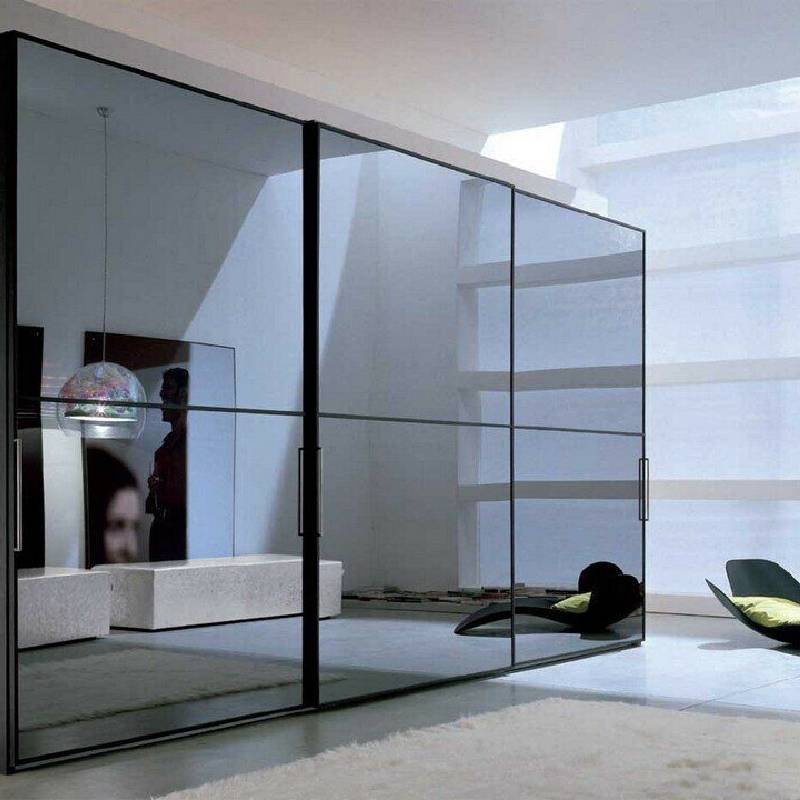

Float Glass Sheets An Essential Material for Modern Architecture
Float glass sheets, often referred to simply as float glass, have become a vital material in the realm of architecture and construction. This versatile product is renowned for its clarity, strength, and adaptability, making it an ideal choice for a myriad of applications, from windows to facades in commercial buildings. Understanding the properties and manufacturing process of float glass can help underscore its significance in contemporary design and engineering.
Float Glass Sheets An Essential Material for Modern Architecture
One of the most notable characteristics of float glass is its optical clarity. Due to the manufacturing process, float glass possesses a high level of transparency, enhancing the ability to transmit natural light into spaces. This quality not only can reduce dependency on artificial light sources but also fosters a connection between indoor and outdoor environments. As sustainability becomes increasingly crucial in building design, using float glass can contribute to energy efficiency and the overall aesthetic appeal of a structure.

Beyond its aesthetic and functional benefits, float glass is also appreciated for its durability and strength. When properly treated, float glass can withstand various environmental conditions, including UV radiation, moisture, and temperature fluctuations. This resilience makes it a preferred choice for not just residential buildings but also high-rise commercial properties where safety and durability are paramount. Additionally, float glass can be tempered or laminated to enhance its strength and safety features, providing options that meet rigorous building codes and standards.
The versatility of float glass extends beyond architectural uses. It is also widely employed in the manufacturing of furniture, automotive windshields, and interior design elements. Its ability to be cut, shaped, or coated means that designers have a wide array of possibilities for creative expression. For instance, float glass can be coated with various materials to achieve different finishes or functionalities, such as reflective properties or solar control.
As technology advances, so too does the float glass industry. Innovations such as smart glass, which can change transparency based on environmental conditions or user control, demonstrate the potential for float glass to evolve further. This could lead to an even wider array of applications and benefits, particularly in energy-efficient building designs and user-oriented spaces.
In conclusion, float glass sheets are a cornerstone of modern architecture and design. Their combination of clarity, strength, and versatility not only meets the demands of contemporary construction but also enhances aesthetic and functional aspects of buildings. As we move forward, the continued innovation in float glass technology promises to enrich our environments, making them more sustainable, beautiful, and connected to the world around us. Whether it be through large-scale glass facades or intricate interior designs, float glass remains an indispensable material for the future of architecture.